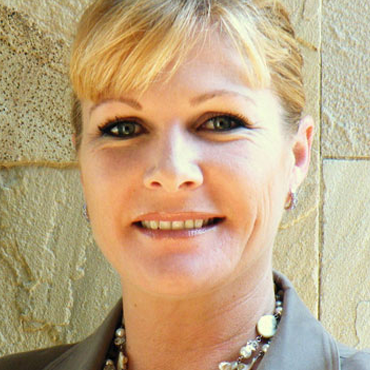Bridging South Africa’s Digital Divide

In recent years, significant advances have been made in fibre networks across South Africa. Stella Ndabeni-Abrahams, Minister of Communications and Digital Technologies, has called fibre the most critical component of all telecommunications infrastructure in South Africa, and critical for 5G. The focus now needs to be on fibre to rural regions.
Although South Africa is lagging when it comes to internet connectivity, new policies and measures are helping. The government understands that stagnation will have severe economic and socials consequences, and it is working to meet the ever-growing need of internet connectivity with fibre rollouts. However, better deployment methodologies are required to minimize the cost of rollout as far as possible.
“Combining rural fibre rollouts with wireless technologies, especially on the backhaul, can helps speed up deployment and make these more affordable,” says Johan Kleynhans, Managing Director, VH Fibre Optics (Pty) Ltd. “Local distribution via an access network is easy – if you have a point of presence in a village or high-site overlooking farms, WiFi is cost efficient, reliable and easy to operate. Cheap, off-the-shelf access points are affordable and can cover a 100 m radius. If you take care of the last mile (affordable WiFi to the community) and long distance backhaul to internet break-out points is taken care of you are set to go. This is where you could apply point-to-point and point-to-multipoint WiFi at 2.4 GHz. For longer distance backhaul link we can look at point-to-point TV white space (TVWS) technology. This is a type of spectrum sharing, used to connect rural communities around the world. The technology is still new but improving steadily. You can shoot it over hills or through forests, unlike point-to-multipoint WiFi. In South Africa, however, TV white space is still in the starting blocks”.
As 80% of the cost of FTTH deployment is in the trenching process, finding ways of reducing this would help reduce the rural divide. "We need close collaboration between the public and private sector", says Juanita Clark, CEO of the Digital Council Africa (formerly the FTTH Council Africa). Using existing infrastructure is one possible solution: "The government already has a strategy in place to connect every household across South Africa with running water and electricity. Fibre cables also need to run directly to end users, just like electricity cables. In my opinion, government departments can no longer work in isolation, but instead collaborative approaches are needed."
“The value of high-speed home connections was already clear, but post-COVID the advantages will be even greater as society adopts the new normal. One of most efficient ways of realising a high-speed connected society is by constructing pre-installed (fiberized) new-build premises. A number of property development companies have adopted this approach, but a lot of education is still required to make sure high-speed broadband connections are accommodated from the outset.”
About the Digital Council Africa
Established in 2010 under the banner of the FTTx Council Africa, the Digital Council is an independent, not for profit organisation that seeks dialogue with all stakeholders to discuss how to maximise the societal benefits of digital and data-driven technologies to increase equality and inclusivity, wellbeing and digital adoption.






